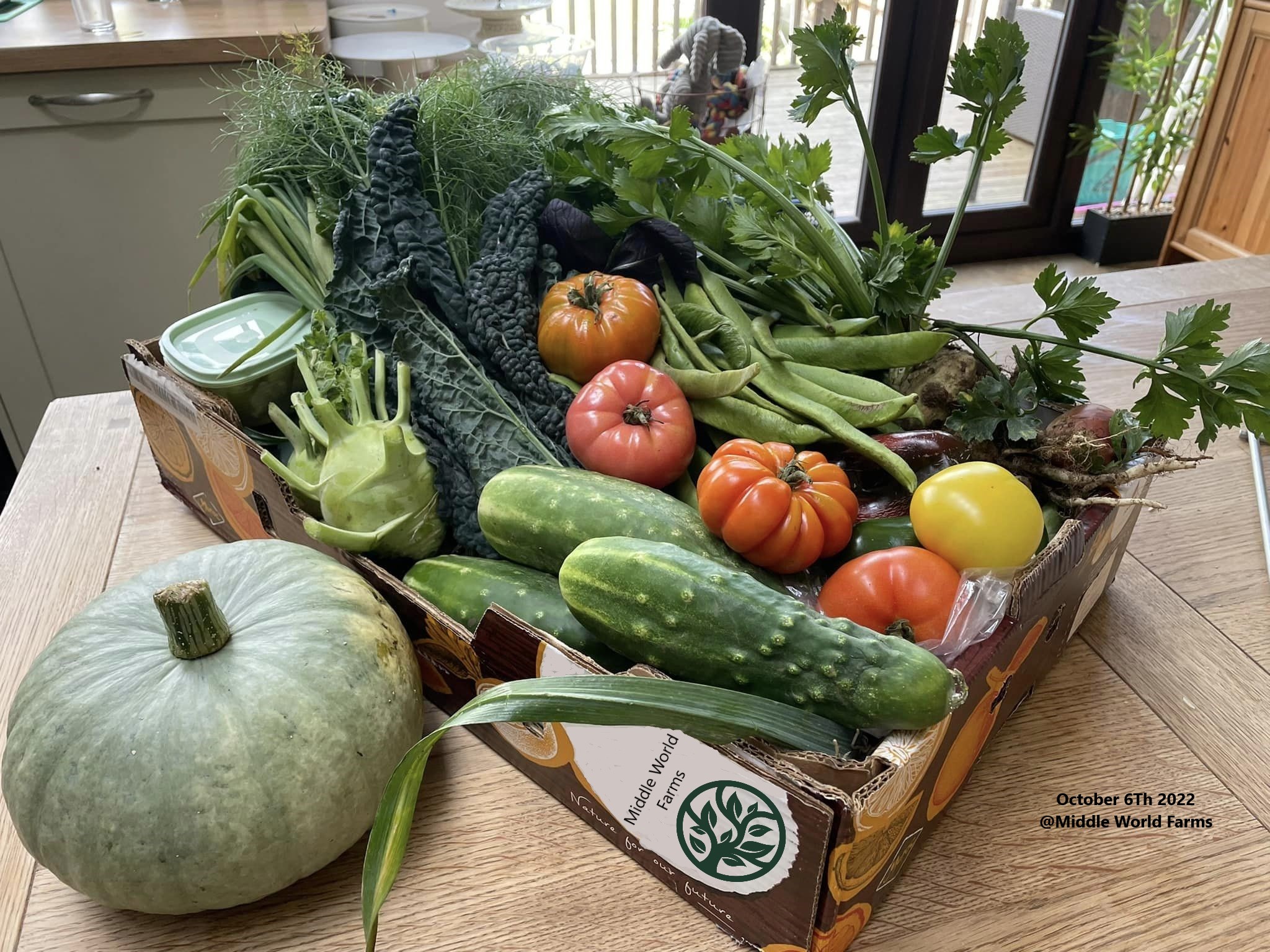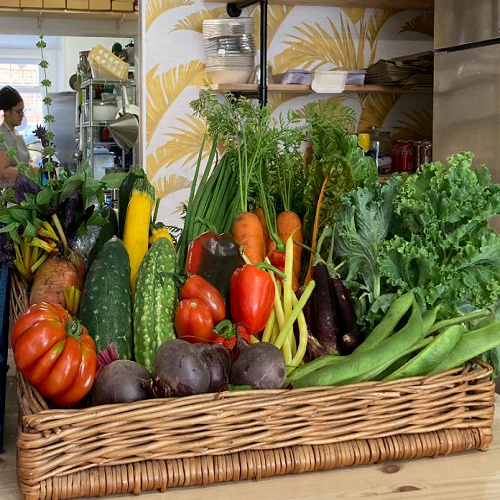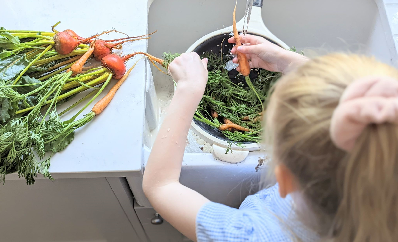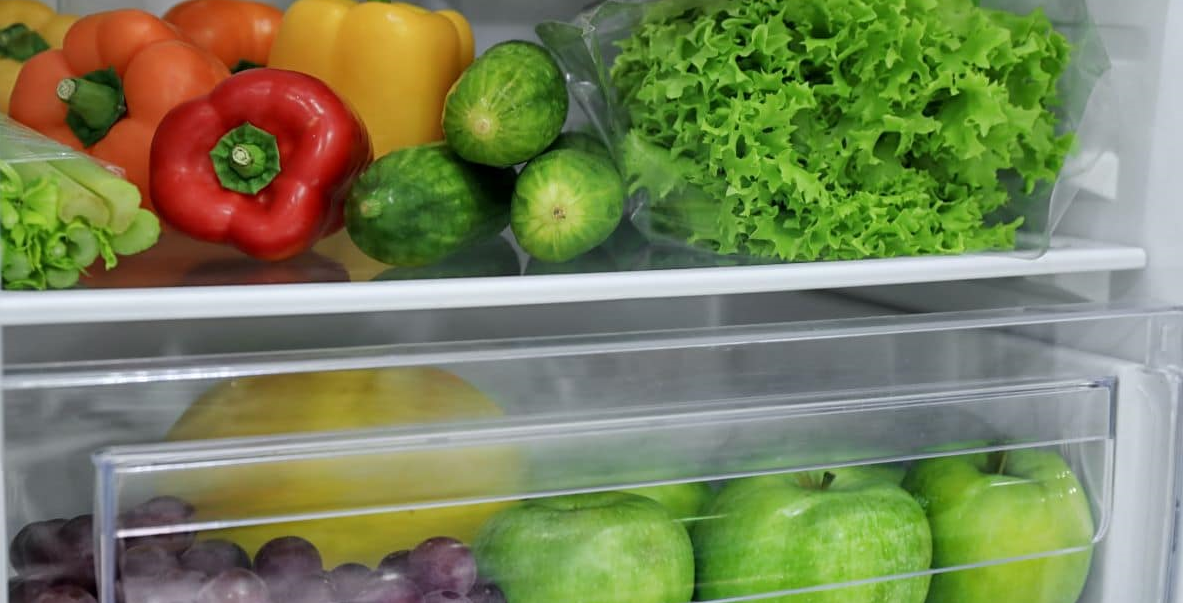Food Storage

Storing vegetables the right way will keep them fresh and safe to eat. Some vegetables and fruit need to be stored in the refrigerator, others need to ripen before being placed in the refrigerator, and others are best stored at room temperature or in a cool dry place. Find out more about how your favourite vegetables should be stored.
Bonus! Watch the video How to store vegetables to keep them fresh to see this information in action.
Storing leafy greens to keep them fresh
Leafy greens stay fresh longer if they’re rinsed, wrapped in a paper towel or tea towel, and refrigerated in a container or sealed plastic bag. You can do this with lettuce greens, bok choy, Swiss chard, kale and spinach.
Time saving tip – Washing and storing leafy greens as soon as you bring them home will make them more convenient to eat.
Note: Even if you buy prewashed greens it is a good idea to rinse them again when you get home.
Storing asparagus to keep them fresh
Asparagus should be stored in the fridge. Keep the stalks moist by wrapping them with a damp paper towel or store the stalks upright in a bowl or glass of cold water.
Storing squash and root vegetables to keep them fresh
Squash and root vegetables should be stored in a cool, dark, dry spot outside the fridge like a cupboard or root cellar. You can also store garlic, onions, potatoes, sweet potatoes, yams, pumpkins and rutabaga this way.
Storing tomatoes to keep them fresh
For the best-tasting tomatoes, store them at room temperature away from direct sunlight. This will help them ripen evenly. Once they are ripe they can be placed in the fridge.
Storage times are different for each type of vegetable
The guidelines below are for vegetables at their best quality. They still may be safe to eat after the stated times as long as they are not mouldy or rotten.
| Vegetable | How long? |
| Cupboard/cool room temperature | |
| Potatoes |
1-2 weeks (2-3 months in a cool, dark place) |
| Tomatoes | 1-5 days |
| Onions | 1-2 months |
| In the fridge | |
| Asparagus | 3-4 days |
| Beans (green, wax) | 3-5 days |
| Beets | 2 weeks |
| Broccoli | 3-5 days |
| Brussels sprouts | 3-5 days |
| Cabbage | 1 week |
| Carrots | 3-4 weeks |
| Cauliflower | 1 week |
| Celery | 1-2 weeks |
| Corn | 1-2 days |
| Cucumbers | 1 week |
| Green onions | 7-10 days |
| Lettuce | 1 week |
| Mushrooms | 4-7 days |
| Parsnips | 3-4 weeks |
| Peas in the pod | 3-5 days |
| Peppers (green, red) | 1-2 weeks |
| Potatoes (new) | 1 week |
| Rutabaga | 2-3 weeks |
| Spinach | 3-5 days |
| Sprouts | 3-5 days |
| Squash (summer) e.g. zucchini, patty pan | 4-5 days |
Very Cold, Very Moist
0-5c Temperature
90-95% Humidity
Cold and Moist
0-5c Temperature
80-90% Humidity
Cool and Dry
0-10c Temperature
60-70% Humidity
Warmer and Humid
0-10c Temperature
85-90% Humidity
Warmer and Dry
10-15c Temperature
60-70% Humidity
Beets
Brussels sprouts
Carrots
Cauliflower
Celeriac
Celery
Horseradish
Kale
Leeks
Parsnips
Salsify
Turnips
Winter radishes
Potatoes
Apples
Pears
Cabbage
Garlic
Onions
Dry beans
Dry peppers
Sweet potatoes
Tomatoes, green
Winter squash
Pumpkin
Very Cold, Very Moist
0-5c Temperature
90-95% Humidity
Beets
Brussels sprouts
Carrots
Cauliflower
Celeriac
Celery
Horseradish
Kale
Leeks
Parsnips
Salsify
Turnips
Winter radishes
Cold and Moist
0-5c Temperature
80-90% Humidity
Potatoes
Apples
Pears
Cabbage
Cool and Dry
0-10c Temperature
60-70% Humidity
Garlic
Onions
Dry beans
Dry peppers
Warmer and Humid
0-10c Temperature
85-90% Humidity
Sweet potatoes
Tomatoes, green
Warmer and Dry
10-15c Temperature
60-70% Humidity
Winter squash
Pumpkin
If you have any queries about anything pleas fell free to get in touch with us at the farm. Ypou can use the get in touch page or give us call.







